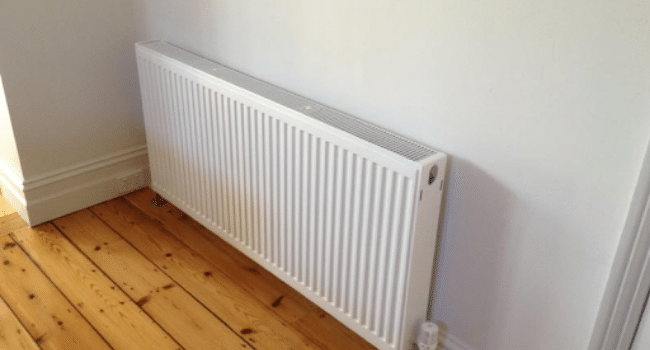Table of Contents
Central heating radiators are a type of radiator that is used to provide heat to the home environment. They have been around since the 1800s and were invented by Franz San Galli in 1855, a Kingdom of Prussia-born Russian businessman living in St. Petersburg. Central heating radiators can be installed on ceilings or floors, and they may be open or closed.
How Do Central Heating Radiators Work?
The central heating system works by circulating fluid, typically pressurized hot water, through the cabinet’s piping to radiators throughout the rooms of your home.
A typical system includes one or more boiler(s) that burn natural gas, which heats the enclosed storage tank containing coolant/water and antifreeze mix to generate steam.
As this happens, cold water enters into an intake pipe connected to the tubular side of the boiler, where it immediately goes down below for superheated dry steam. Hence, once all components are up-to-temperature, you begin producing instant warm air vents strategically around your home.
Different Types of Radiators
Once you go out there to shop for a radiator, you will find many options. Below are a few options for you to choose from:
-
Closed Radiator
A closed radiator has an air gap between the outer casing and the inner rectifying surface of the metal housing, where there are no visible tubes or water passages on either side of this seal.
Function: The heat transfer medium in these types of radiators circulates through a sealed system similar to most vehicles’ cooling systems rather than being exposed directly to room air via open vents like other designs.
Generally speaking, closed units tend to be more efficient because they do not rely on warm air from inside any building’s walls or floors for heating purposes.
However, their higher initial cost limits them since installation into existing rooms can require major structural modifications. Closed units cannot operate at peak efficiency unless all parts are surrounded by insulation.
-
Open Radiator
An open radiator has visible water passages and tubes on the outer casing. These units rely upon room air for its heating medium, which circulates these exposed pipes as it warms up before finally exiting into the surrounding environment.
Function: This type is generally less expensive than closed models but also less efficient since they require 20% – 50% more ventilation airflow to operate at peak efficiency; this may be a significant consideration when determining whether or not all components can fit appropriately within your private room’s construction specifications due to their physical size measurements (height x width) and accompanying weight restrictions.
Open radiators are often found in rooms belonging to old homes with lower ceilings because no insulation was typically used between exterior walls during initial construction. Since heat rises and this type does not require as much overall venting airflow for optimal operation, available units can be ideal under such circumstances.
What are the Major Functions of Central Heating Radiators?
Central heating radiators are an integral part of a modern home. They function as a means to distribute heat from a central furnace throughout the home through pipes and vents. There are many types of heating systems, but all have in common that they need some radiator-type device to carry the heated air.
Radiators work by converting water into steam through boiling, which is then used to drive turbines connected to your home’s ventilation system to distribute warm air evenly throughout the house.
The most commonly used type is convection or forced hot water. It uses heated water from the boiler as its primary energy source instead of electricity or gas as other methods do. This form has been around for over a century and is still a popular choice for heating systems.
How Does it Work?
Convection Heating uses hot water, which is also known as “wet steam”, to carry heat from the boiler/furnace through closed piping throughout your home’s rooms; this process of flowing hot air can be used in tandem with several different types of radiator designs (closed or open) within each room where its circulation pattern depends on how much you want it turned up and whether or not there are any existing ventilation ducts already built into that space.
Conventional radiators like these work best when installed directly into masonry walls because they need solid surfaces behind them (not insulation) that will reflect onto their metal sides so those heated-up surfaces inside the radiator can, in turn, warm up the room’s air (similar to how a campfire warms people are sitting around it).
Read more on KulFiy
Top 6 Buying Tips: How to Choose the Best Room Heater for Home
